Make a Comfy DIY Shirt in a Few Easy Steps

Buying a simple stretch shirt that fits right can be a daunting task. Luckily, you can sew your own DIY shirt, easily. This shirt only consists of two pieces, I’m going to show you how to make a DIY shirt that will fit your body type. What’s more, you can choose the fabric, color, and texture you want- giving you more options to jazz up your closet with just a basic, essential item.
Tools and materials:
- Favorite shirt for the pattern
- Tracing paper
- Pen
- Sewing Machine
- Pins or fabric clips
- 2 Meters (78 inches) stretch fabric
- Binding fabric
Trace your shirt style
Take a well-fitting shirt, fold it in half and place the fold on the edge of your paper.
Trace all around the seams. You may only need half a pattern as this piece I’m using is symmetrical.
Add arrows on your paper, indicating where the fold should be.
The shoulder and side seams should be the same for both so that you can sew the front and back without having to worry if the measurements are the same or not.
Do this by tracing the outline of these seams on the other side of the paper. The neck and hemline are a lot more flexible, as long as they start and stop in the same place.
If you are adding sleeves to your shirt, then the size of the armhole stays the same.
I laid a regular, slim-fit t-shirt on top of my pattern so you can see how different the pattern is. If you opt for a t-shirt with bigger sleeves, you can add a shirt as shown in the example.
Add seam allowance
Add a 1.5cm ( 0.5 inches) seam allowance around the shirt’s outline. That’s more than enough for the standard seam. I added a little more seam allowance around the armholes and hemlines as these will have a double fold. The neckline will have a strip of binding, so there’s no need for a seam allowance there.
Pick a stretch fabric
Look closely at the fabric and notice this type of stretch fabric is knitted; thus giving it that desired stretch. The stretch is directional, stretching widthways more than lengthways. The fabric has two different sides, one with loops and the other with ridges. The right side of this fabric is with the ridges. Also, this fabric doesn't fray, which is a huge bonus.
TIP-
Wash your fabric prior to sewing and cutting it, so that you get any shrinking out of the way.
Cut out the pattern
Fold your fabric and place your patterns on the fabric’s fold, making sure the stretch runs along the width. Pin your pattern down and cut along the edges.
Stitch the shoulder and side seams
Place your fabric right sides together and pin the shoulder and side seams in place. Next, sew along the sides.
TIP-
For stretchy fabrics, it’s recommended to use a stretch stitch on your machine or using a zigzag stitch.
Prevent your fabric from bunching up
To avoid your fabric from bunching up while sewing, be sure not to stretch it in any way while sewing.
There are many ways to prevent this. One is to not stretch the fabric and also, switch your sewing machine’s presser foot with a Teflon presser foot. If you don't have any of these, then simply put a piece of paper underneath the fabric while you sew, thus preventing the feet docks from pulling on the fabric. Cool trick, don’t you think? After sewing, simply tear the paper apart. It works like a charm.
Finish the bottom hem and armhole
Fold the edge of the armhole and bottom hem twice so it gives your DIY shirt a nice, clean finish.
Next, pin the folded fabric and stitch all the way around. While sewing, stay close to the inner edge to secure it in place and stay parallel to the outer edge for a neat look.
Add binding to the neckline
For the neckline, get your binding fabric out and measure the circumference of the neck. The width should be around 5cm ( 2 inches) wide. Cut a strip of fabric with these measurements.
Place the fabric along your neckline, making sure the stretch runs parallel to the length.
Fold the strips wrong sides together and pin it on the right side of the shirt, all the way around the neckhole. In this case, stretch the binding a little while you pin and sew, especially around the curves.
Cut the strip to length and sew the ends together.
Now, sew the binding and use paper to avoid unwanted grooves. Be sure to stretch it a little while sewing.
Flip and fold the binding upwards and sew parallel to the seam. This is called topstitching and it’s intended to hold the seam allowance down and in place.
There you have it, an easy DIY shirt! After this tutorial, you should be good to go! Just remember all the handy tips about sewing with stretchy fabric. I hope you learned a lot in this tutorial and that you are now confident to make a DIY shirt yourself.
Enjoyed the project?
Suggested materials:
- Shirt
- Tracing paper
- Pen
- Sewing machine
- Pins
- Fabric
- Binding fabric
The author may collect a small share of sales from the links on this page.
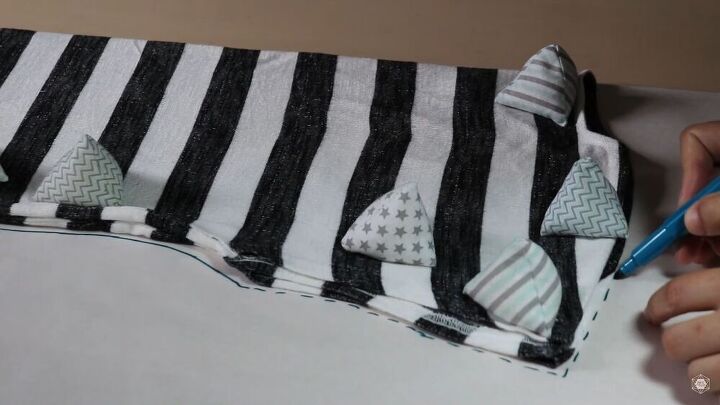




















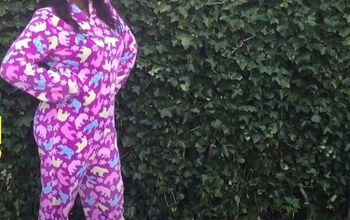


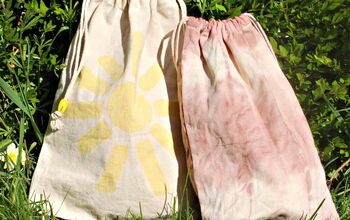
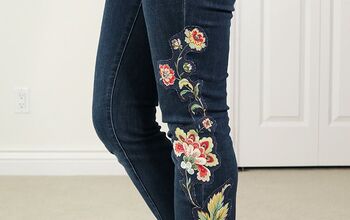

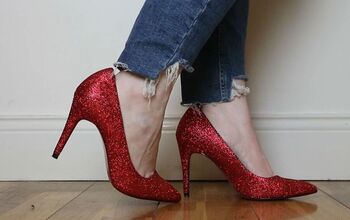


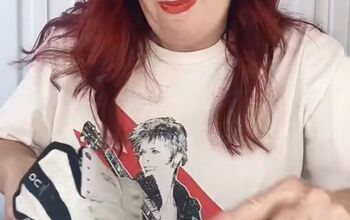
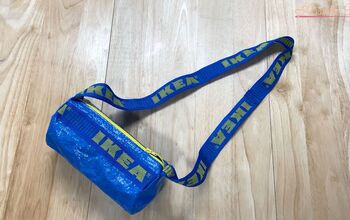


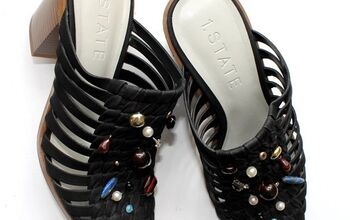

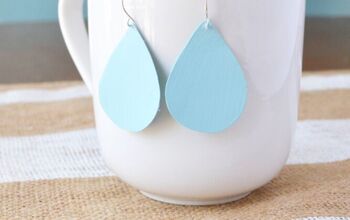
Comments
Join the conversation
Need this tee in every color!